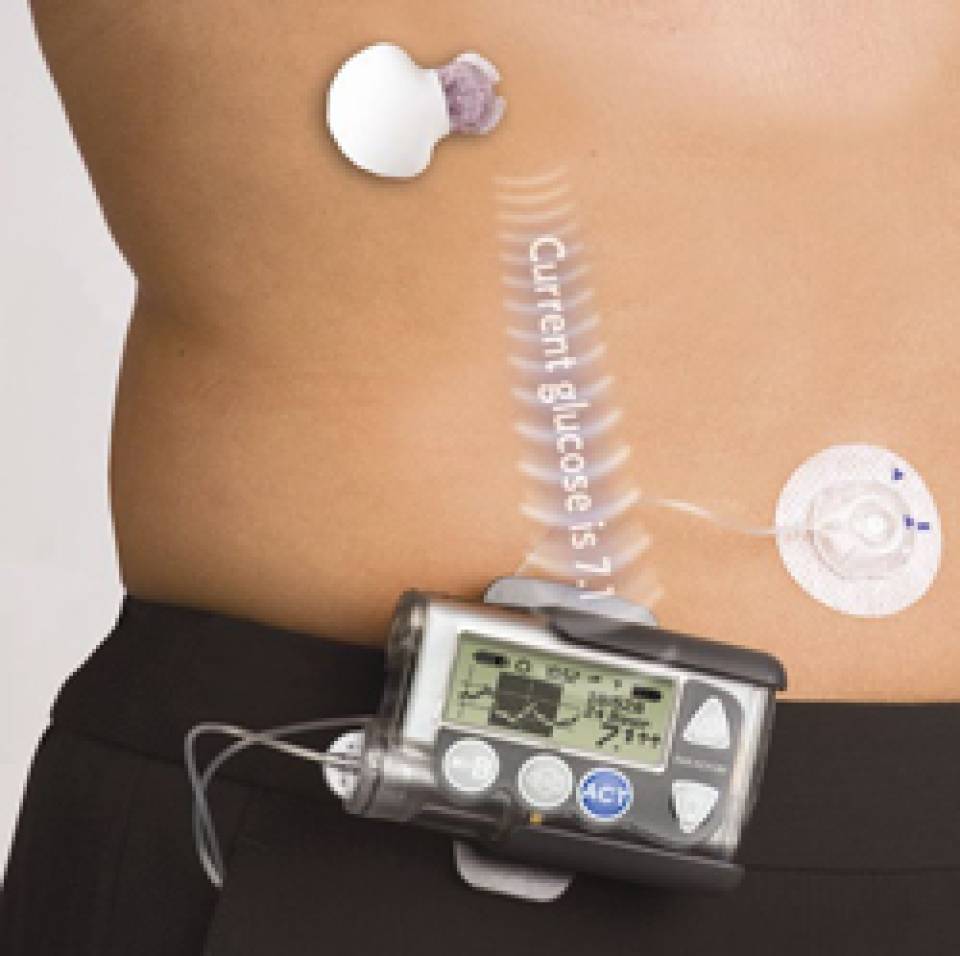Over 150 patients were recruited for the study, including paediatric and adult patients. They were randomised to a continuous glucose monitoring Sensor On or Sensor Off group for 6 months. After 4 months’ washout, participants crossed over to the other arm for 6 months. HbA1c was the lab test used to control how well patients are controlling their diabetes. It shows the average level of blood glucose over the previous 3 months. The primary outcome of the study was the difference in HbA1c levels between arms after 6 months.
The results indicated a mean difference in HbA1c of –0.43% (–4.74 mmol/mol) in favour of the Sensor On group. While the Sensor was On, less time was spent with sensor glucose <3.9 mmol/l (19 vs 31 min/day), and the mean number of daily boluses increased together with the frequency of use of the temporary basal rate and manual insulin suspend functions.
In conclusion, in both paediatric and adult participants with type 1 diabetes using insulin pump therapy alone, the addition of continuous glucose monitoring resulted in an improvement in HbA1c with a decrease in time spent in hypoglycaemia. More frequent self-adjustments of insulin therapy with sensor-augmented insulin pump therapy may have contributed to these effects. The removal of continuous glucose monitoring resulted in a loss of metabolic benefit.

